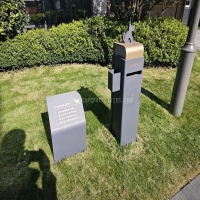Welcome to the website for landscape facilities products and knowledge.
What role does fabric play in bridging cultural narratives in multicultural cities?
In the vibrant tapestry of multicultural cities, fabric serves as a silent yet powerful storyteller, weaving together diverse cultural narratives. Textiles, from traditional garments to contemporary art installations, act as tangible symbols of heritage, identity, and shared human experiences.
Fabric transcends language barriers, offering a universal medium for expression. In neighborhoods where cultures intersect, markets brim with textiles—African kente cloth, Indian saris, or Middle Eastern embroideries—each piece carrying stories of migration, resilience, and adaptation. Public art projects often incorporate fabric to celebrate communal histories, like yarn-bombed statues or collaborative quilting workshops that invite participation across ethnic lines.
Moreover, fabric fosters dialogue. Cultural festivals feature textile exhibitions, where craftsmanship becomes a bridge for cross-cultural appreciation. For immigrants, preserving traditional weaving or dyeing techniques becomes an act of cultural preservation, while their fusion with local styles reflects evolving identities.
Ultimately, fabric in urban spaces is more than material—it’s a metaphor for interconnectedness. By honoring diverse textile traditions, cities cultivate inclusivity, proving that even in modernity, threads of the past can stitch together a cohesive future.
Related search:

Recommendation
Outdoor cat and dog feces trash can; Community pet trash can; Metal multi-color design